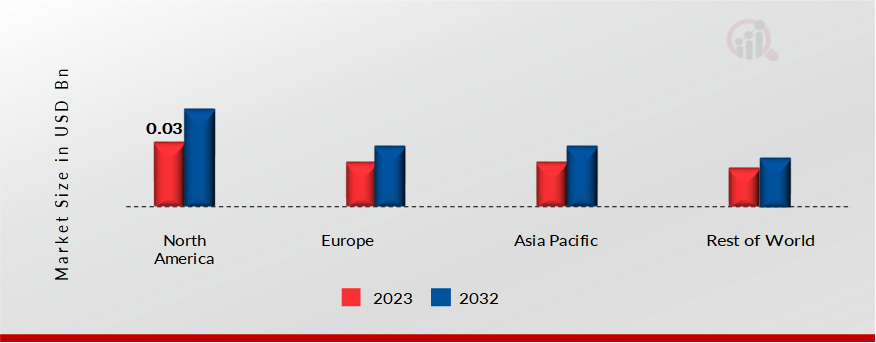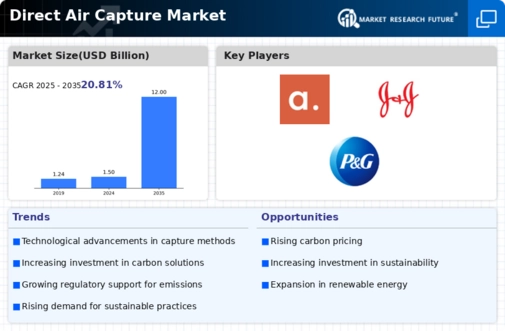By region, the study provides market insights into North America, Europe, Asia-Pacific, and Rest of the World. The anticipated expansion of the direct air capture market in North America can be attributed to several key factors. The region's leadership in the direct air capture market is influenced by several factors, including its well-established industrial infrastructure, advancements in technology, rigorous regulatory frameworks, and increasing demand for carbon capture solutions across various sectors.
According to the Government of Canada, the global momentum in the carbon management sector has surged in response to the climate crisis, with over 570 carbon capture, utilization, and storage (CCUS) projects currently in development. By 2030, it is projected that 368 projects will be operational, with a collective capacity to capture 743 million metric tons of CO2 annually. With the United States leading the way, North America boasts a diverse industrial landscape, housing numerous sectors that heavily rely on DAC technology.
Industries such as manufacturing, energy production, and transportation are key drivers of the demand for carbon capture solutions to mitigate greenhouse gas emissions and align with environmental regulations.
Further, the major countries studied in the market report are the US, Canada, Germany, France, the UK, Italy, Spain, China, Japan, India, Australia, South Korea, and Brazil.
Figure 2: Direct Air Capture Market Share, By Region 2023 (USD Billion)

Source: Secondary Research, Primary Research, MRFR Database and Analyst Review
Europe's Direct Air Capture Market accounts for the second-largest market share. As European companies increasingly prioritize sustainability, they are integrating carbon capture technologies into their strategies to reduce their carbon footprint. In 2022, greenhouse gas emissions from EU economic activities total 3.6 billion tonnes of CO2 equivalents, marking a 22% reduction from 2008 levels. With the EU committed to cutting its greenhouse gas emissions by more than half by 2030, there's a rising demand for direct air capture (DAC) solutions among businesses aiming to offset their emissions and achieve their sustainability objectives.
Further, the German Direct Air Capture Market held the largest market share, and the UK Direct Air Capture Market was the fastest-growing market in the European region.
The Asia-Pacific Direct Air Capture Market is expected to grow at the fastest CAGR from 2024 to 2032. Many countries across the Asia Pacific region are implementing policies and regulations focused on curbing greenhouse gas emissions. China, notably the world's largest emitter of greenhouse gases, released 12.7 billion tonnes of CO2 equivalent in 2019, representing 26% of global emissions, significantly higher than the EU-27's 7% share.
With ambitious targets, China aims to reduce its carbon intensity by over 65% from 2005 levels by 2030, alongside plans to surpass 1,200 GW of installed wind and solar power capacity. In support of these goals, governments are incentivizing the adoption of direct air capture (DAC) technology through various means such as incentives, subsidies, or mandates. These proactive policy measures are fostering an enabling environment for the expansion of the DAC market. Moreover, China’s Direct Air Capture Market held the largest market share, and the Indian Direct Air Capture Market was the fastest-growing market in the Asia-Pacific region.





